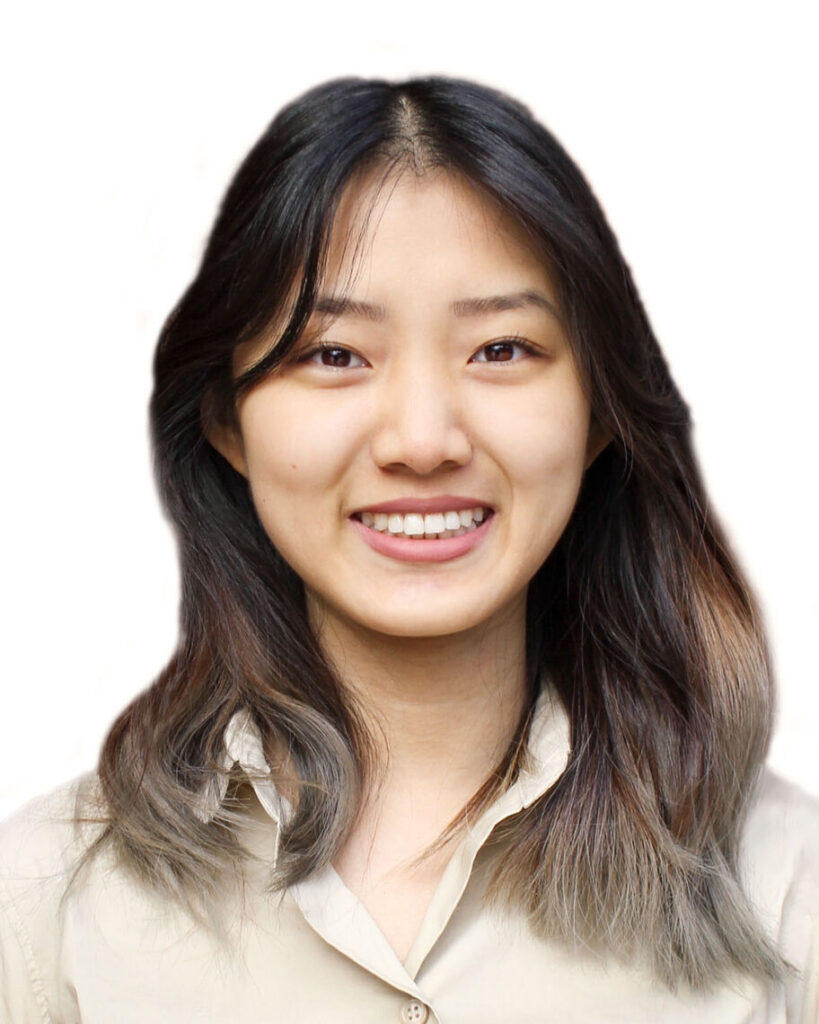- Fellow Highlights
LOOKING BACK AT THE FELLOWSHIP: PhD Student Wenjie Gong
2021 Paul & Daisy Soros Fellow Wenjie Gong is a PhD student at Massachusetts Institute of Technology (MIT).
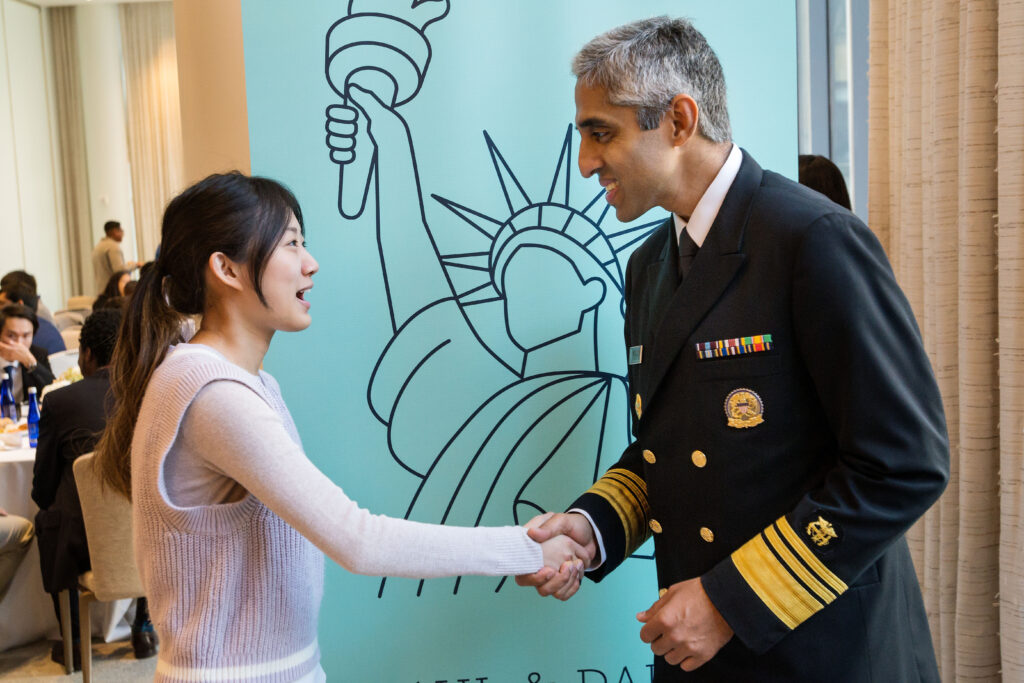
From the very first physics class that she took in high school, Wenjie was enraptured by the subject. So, when she entered Harvard University as an undergraduate student, she explored various fields of research in physics. During her undergraduate career, Wenjie has grown thin films of high-temperature superconductors with Professor Jennifer Hoffman at Harvard; formulated theory regarding entanglement measures at high energy colliders with Doctor Raju Venugopalan at Brookhaven National Laboratory; and simulated a cavity-couped silicon-vacancy center (SiV-) in diamond with Professor Mikhail Lukin at Harvard. Her undergraduate work resulted in three publications, including two first-authored manuscripts, and was recognized with the Barry Goldwater Scholarship.
Wenjie is currently pursuing a PhD degree in quantum information theory, specifically focusing on the intersection between quantum information and physical systems, at MIT’s Center for Theoretical Physics. By working on theory with near-term impacts, Wenjie hopes to contribute to breakthroughs in implementing quantum information for widespread usage, helping lead modern technology beyond the classical era.
We caught up with Wenjie about what’s next and what the Fellowship has meant to her:
Where are you with your graduate program now? Whether you’re still in school or you’ve graduated, what’s the next step for you or what are the steps you’ve taken after graduating?
I am currently finishing up the second year of my PhD in physics at MIT. I’ve learned an immense amount throughout these past two years, delving deep into the technical details of quantum information physics through both coursework and research projects. Now, I’ve completed my classes and passed my qualifying exams, so I hope to use the next few years to gain more experience in various research subfields, ultimately carving out my own path and defining my own scientific interests.
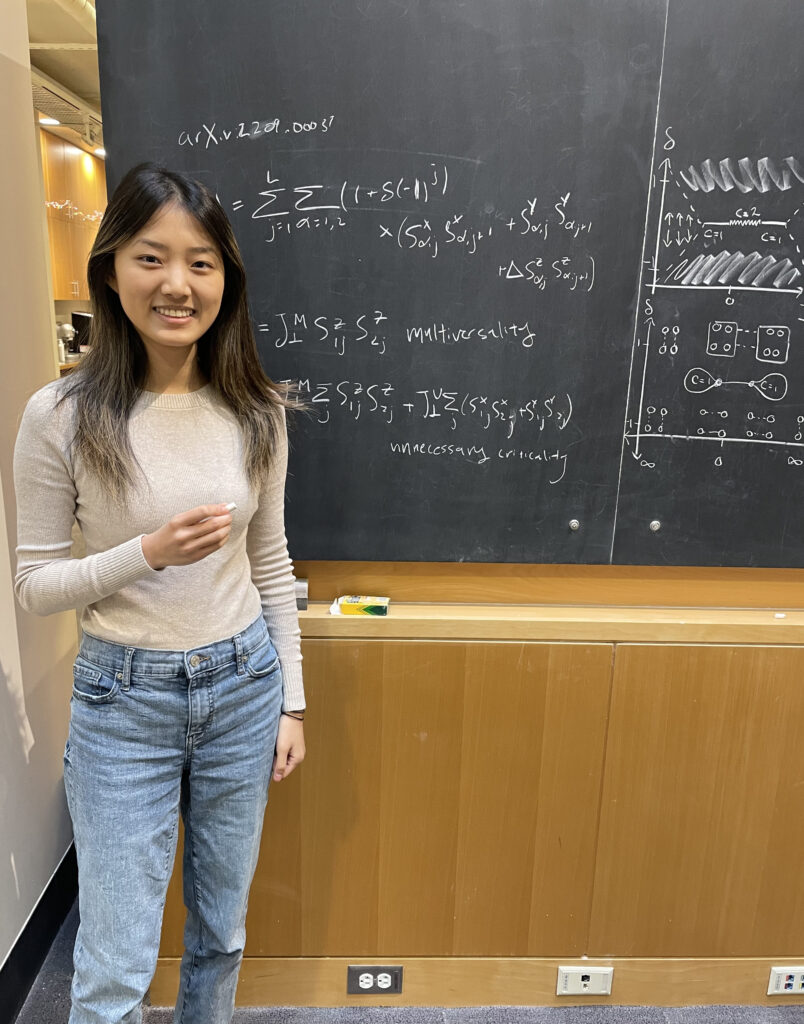
Can you tell us more about your graduate studies? What questions were you/are you pursuing? What was/is the main focus of your studies?
I primarily work on the intersection of quantum information and many-body physics. Specifically, I study how unique aspects of quantum physics can be probed on near-term quantum platforms— this includes both digital quantum computers such as those at Google and IBM, as well as analog quantum simulators such as atoms trapped in an array of optical tweezers. I also think more generally about how to use quantum information to formulate novel solutions. Problems I have worked on in the past include the design of robust operations on analog quantum simulators subject to certain realistic limitations, in addition to experimental noise. I am currently investigating the use of quantum states to simultaneously sense many different parameters, which has applications in vector field imaging and microscopy.
Why did you apply to The Paul & Daisy Soros Fellowships for New Americans? What ended up being the most important part of the Fellowship?
When applying to PhD programs in physics, I also simultaneously searched for fellowships that could help fund my graduate work. The Paul & Daisy Soros Fellowship particularly appealed to me as my Chinese cultural background constitutes a large part of my identity. I moved to the U.S. from China when I was four— thus, my childhood was equally influenced by the cultural milieu of both countries. The prospect of joining a group of talented graduate students who also shared my experience of being a New American hugely excited me.
Indeed, the most important part of the fellowship for me was the community I found in my cohort. With other fellows, I’m able to express myself openly and candidly, especially regarding how to navigate graduate school as an immigrant. Even though my official fellowship years are coming to an end, I’m inexpressibly grateful that I’ve found a lifelong support system in the people I’ve met through the fellowship.
What advice would you give to someone who is thinking of applying to The Paul & Daisy Soros Fellowships for New Americans?
I would advise students to not only showcase their work and goals for graduate school, but also be genuinely reflective regarding their immigrant experience. Through the process of applying to the fellowship, I unpacked many experiences that I’d never truly taken the time to ponder before. In this way, applying to the fellowship was also valuable for me in terms of personal growth.
Who has inspired you from the Paul & Daisy Soros Fellowship community? This could be an alum you know know personally (or not), or someone in your class.
I was fortunate to have the guidance and mentorship of many older fellows, who were also PhD students in physics. One particular fellow who has continually inspired me is Iris Cong, whom I knew from my undergraduate at Harvard. She also worked in quantum information, and recently obtained her PhD in physics from Harvard in 2023. After pioneering many significant research studies during her PhD, she will now start medical school at Stanford to become a physician-scientist. Her unwavering dedication inspires me to continue pursuing my dreams and improving my science. ∎
Keep Exploring
-
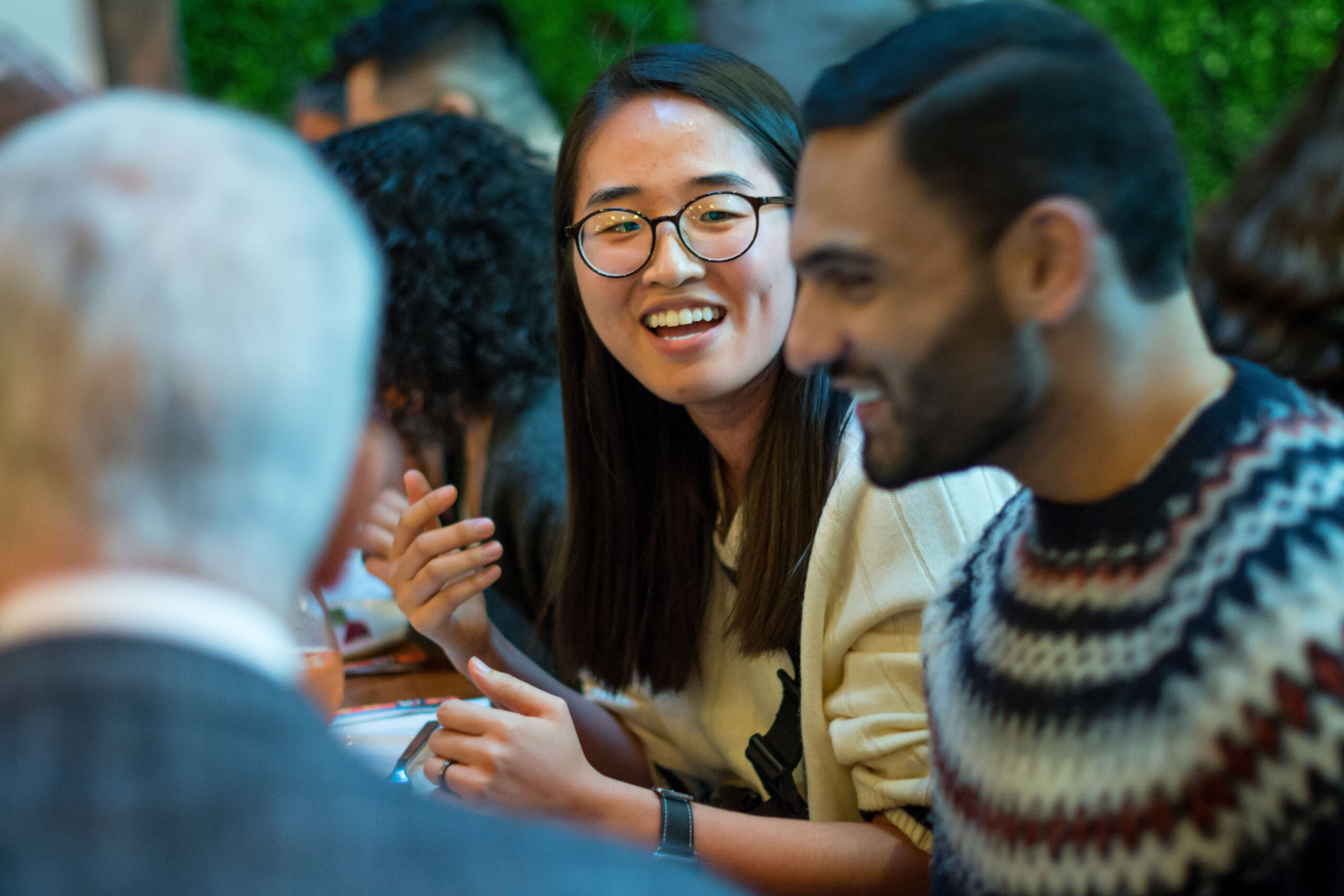 Read more: Kathy Ku Steps into Leadership as PDSFA Chair
Read more: Kathy Ku Steps into Leadership as PDSFA Chair- Board of Directors
- Fellowship News
Kathy Ku Steps into Leadership as PDSFA Chair
-
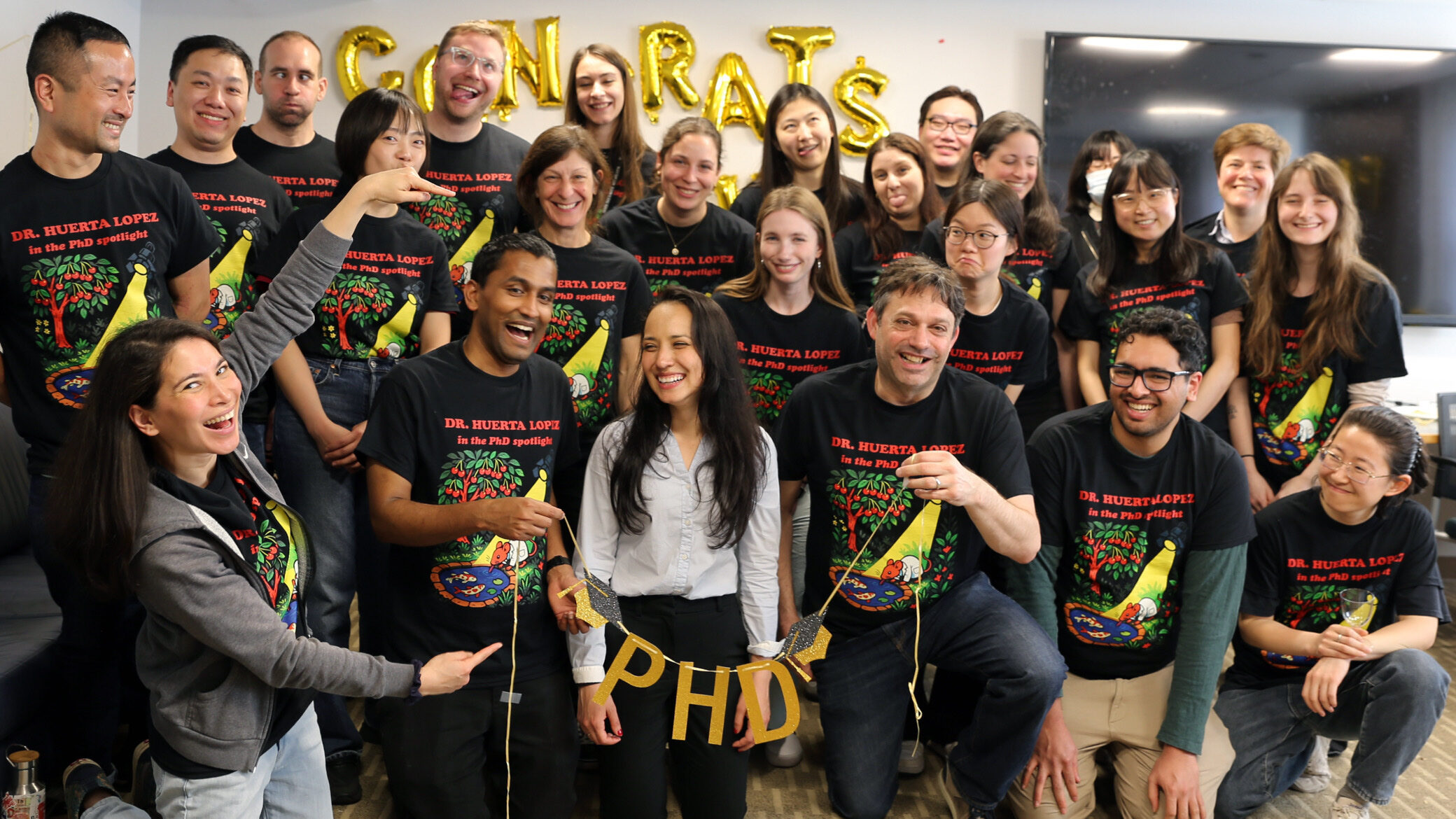 Read more: Q&A with MD/PhD Student Silvia Huerta Lopez
Read more: Q&A with MD/PhD Student Silvia Huerta LopezQ&A with MD/PhD Student Silvia Huerta Lopez
-
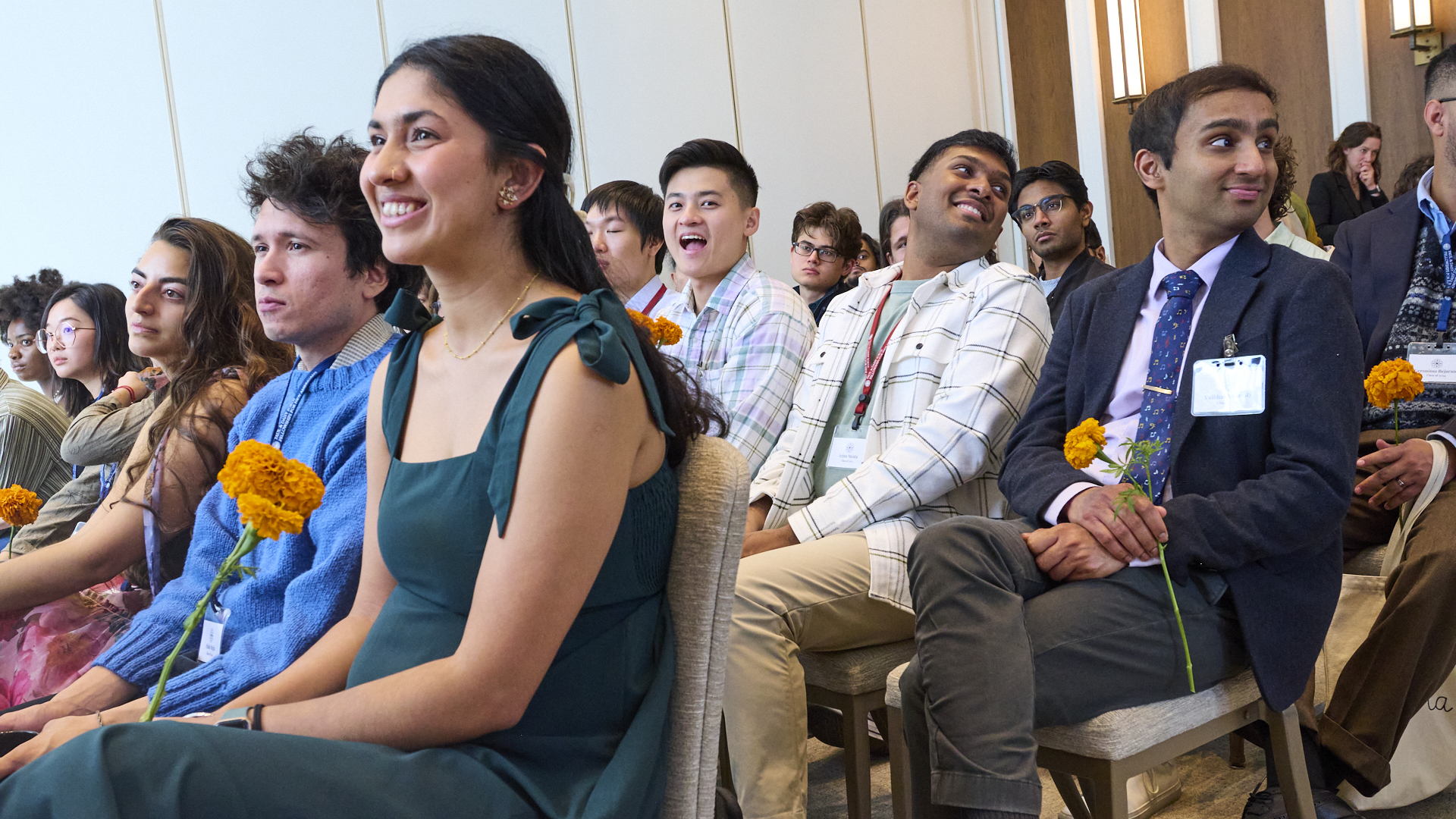 Read more: PD Soros Eligibility Guide for PhD Applicants
Read more: PD Soros Eligibility Guide for PhD Applicants- Applicant Information
PD Soros Eligibility Guide for PhD Applicants
-
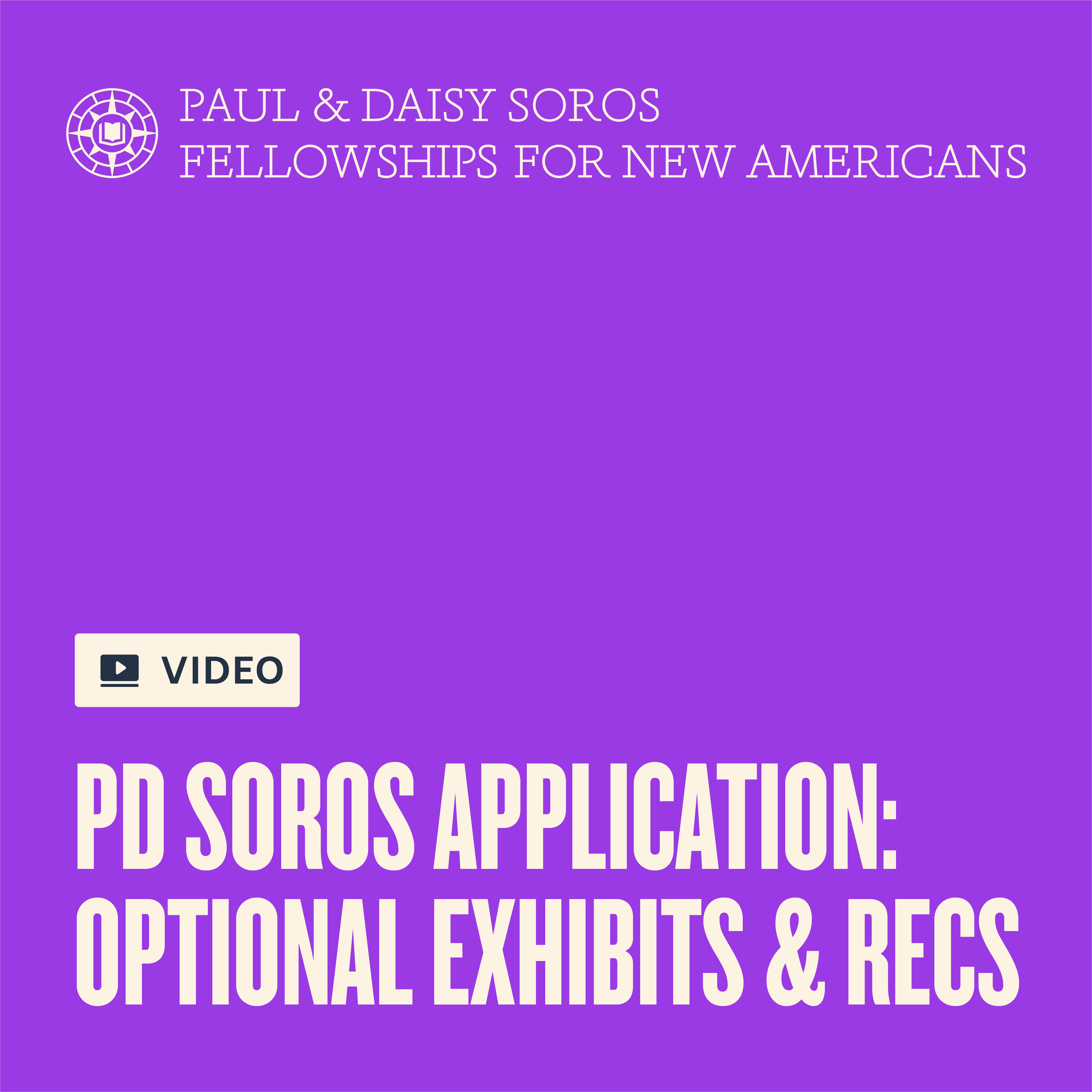 Read more: Watch: Optional Exhibits & Recommendations
Read more: Watch: Optional Exhibits & Recommendations- 2025 Information Sessions
Watch: Optional Exhibits & Recommendations
